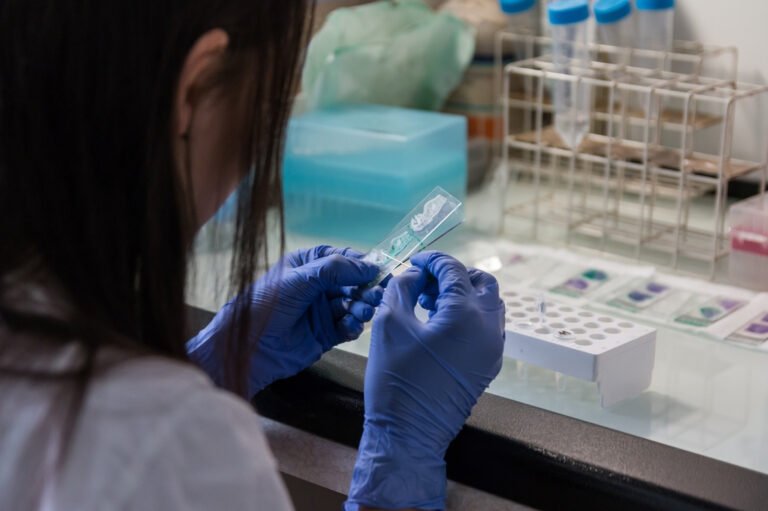Major Minerals Vs Minor Minerals


Introduction
According to the relative amounts needed by the body, nutrients are divided into macronutrients and micronutrients.
Macronutrients are nutrients the body needs in large amounts to function properly. There are four main types of macronutrients: carbohydrates, proteins, fats, and water. These nutrients provide energy except for water and are necessary for the proper growth and repair of tissues.
Micronutrients, on the other hand, are nutrients that the body needs in smaller amounts to function properly. They include vitamins and minerals, which are essential for various bodily processes such as metabolism, immune function, and bone health. Unlike macronutrients, micronutrients do not provide energy but they are necessary for the proper functioning of various body systems, such as the nervous system, cardiovascular system, and skeletal system.
In general, a healthy diet should include a balance of both macronutrients and micronutrients to ensure that the body has all the nutrients it needs to function optimally.
Minerals classification
Minerals are divided according to their relative amounts needed by the human body into 2 categories, Major minerals, and minor minerals (Minor mineral is a common term related collectively to trace and ultra-trace minerals).
Major minerals and minor minerals are terms used to describe the relative amounts of minerals that are needed by the human body.
Major minerals are those minerals that are needed in relatively large amounts by the body, typically more than 100 milligrams per day. Some examples of major minerals include calcium, phosphorus, magnesium, sodium, potassium, and chloride.
Minor minerals (trace or ultra-trace minerals), on the other hand, are those minerals that are needed in smaller amounts by the body, typically less than 100 milligrams per day. Some examples of minor minerals include iron, zinc, copper, iodine, and selenium.
It is important to consume a balance of both major and minor minerals in order to maintain good health. A deficiency in any one of these minerals can lead to various health problems, so it is important to ensure that you are getting enough of them in your diet.
In summary, the key core benefits and functions of the major minerals and minor minerals are listed in the next paragraph summarized from a book titled Advance Human Nutrition (Medeiros & Wildman, p345-346, p373):
The main important key points about the major minerals are as follows(Medeiros & Wildman):
- The well-known major minerals are calcium, phosphorus, magnesium, sodium, potassium, and chloride.
- Needed relative to the body’s needs in larger amounts compared to minor minerals (100 mg/day) or more.
- The main role is structural and functional role.
- Minerals DO NOT provide energy but maintain proper growth, and repair tissues
- The major minerals include important elements called electrolytes which are sodium, potassium, and chloride. Electrolytes have an essential role in biochemical reactions, electric activity in the body, and water balance
- Calcium is the most abundant mineral in the human because of the big skeletal mass
- The role of calcium and phosphorus important roles in bone metabolism and beyond this role. Phosphorus in particular has an essential role as an energy source in chemical bonds in the body.
- Magnesium is a cofactor for almost 300 enzymes and more in addition to its essential role in bone stabilization.
- Sodium and potassium are important minerals and main players inside and outside the cell membrane.
- The concentration of the major minerals in the blood is regulated by the mechanism of the hormone system, renal system, and absorption.
- The major minerals provide cardioprotection through 3 important elements, calcium, potassium, and magnesium.
The main important key points about the minor minerals are as follows (Medeiros & Wildman):
- There are at least 20 known minor minerals: trace or ultra-trace minerals. Some examples include iron, zinc, copper, iodine, selenium, manganese, silicon, and fluoride.
- The minor minerals are needed relative to body needs in smaller amounts compared to major minerals (less than 100 mg/day)
- The minor minerals DO NOT provide energy
- The minor minerals function in bone health, metabolism, and immune function.
- Many of the minor mineral transport certain proteins across the cell membrane
- Many trace minerals affect the body at the gene level and have an important role in metabolism
- The amount of iron stored or absorbed is depending on iron regulatory proteins
- In the intestine, copper and zinc could interact with each other
- Selenium is different than other minerals since selenium can be incorporated into some proteins at a step process different than other minerals
| Major and Minor (trace and ultra-trace) minerals | ||
| Major Mineral | Trace Minerals | ultra-trace) |
| Calcium | Molybdenum | Lithium |
| Chloride | Boron | Platinum |
| Magnesium | Manganese | Cobalt |
| Phosphorous | Chromium | Nickel |
| Potassium | Selenium | Arsenic |
| Sodium | Copper | Silicon |
| Sulfur | Fluoride | Tin |
| Iodine | Vanadium | |
| Iron | Gold | |
| Zinc | Tungsten |
How Do minerals digested and stored in the body?
Minerals are essential nutrients that are required by the body to function properly. They are obtained from the diet and are necessary for the proper functioning of various body systems, such as the nervous system, cardiovascular system, and skeletal system.
Minerals are not metabolized (digested) by the body in the same way as other nutrients, such as carbohydrates, proteins, and fats. Instead, they are absorbed into the body and used to build and maintain healthy tissues and organs.
The body absorbs minerals from the diet through the small intestine and transports them to the cells and tissues where they are needed. Some minerals, such as calcium and phosphorus, are used to build strong bones and teeth. Others, such as iron, are needed for the production of red blood cells, which carry oxygen to the body’s tissues.
The body stores some minerals, such as iron and calcium, in the liver, bone, and other tissues. These stored minerals can be used by the body when needed.
Iron is stored in the liver, bone marrow, and spleen. The body stores enough iron to meet its needs for about three to four months. The body can also recycle iron from old red blood cells, which helps to conserve this mineral.
Calcium is stored in the bones and teeth, where it helps to give them strength. The body also regulates calcium levels in the blood by taking calcium from the bones if needed. This means that if the diet does not provide enough calcium, the body can draw on its stored supplies to maintain normal levels in the blood.
How do excess minerals exit the body?
The body has a number of mechanisms for regulating the levels of minerals in the body. In general, if the body consumes more minerals than it needs, the excess minerals are eliminated through urine or feces.
However, some minerals, such as iron and copper, can be toxic if consumed in excess. The body has mechanisms in place to prevent the accumulation of these minerals to toxic levels. For example, the body has a limited capacity to absorb iron, and any excess is eliminated through feces.
It is important to consume minerals in the recommended amounts to ensure that the body has the nutrients it needs to function properly. Consuming too much of certain minerals can lead to health problems, such as kidney stones or an imbalance of electrolytes. The major cause of toxic excess minerals which accumulate in the body comes from supplements and not a diet. If you are concerned about your mineral intake, you should speak with a healthcare professional for advice.
References
Medeiros, D. M., & Wildman, R. E. C. (n.d.). Advanced Human Nutrition (4th ed.).



























